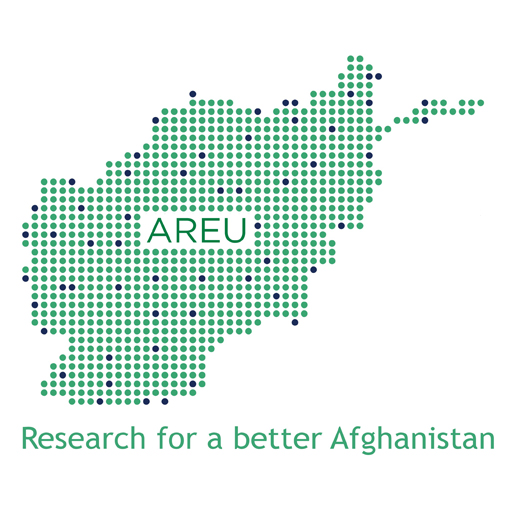
29 Feb FINDINGS FROM FIELD STUDIES OF POST-HARVEST STORAGE AND PROCESSING IN AFGHANISTAN
Posted at 10:35h
in Uncategorized
Back Highlights
| Authors | Ihsanullah Ghafoori, khalid behzad, Saifullah Mukhlis, Taqweemulhaq Atal, Azada Rezaye, Adam Pain |
|---|---|
| Type | Case Study |
| Theme | Social Protection and Livelihoods |
| Language | English |
| Date of Publication | February 29, 2024 |
| Total Pages | 38 |
| Available In | English |
| Description |
Post-harvest storage and food processing was neglected in Afghanistan’s agricultural
rehabilitation agenda after 2001. The few interventions that were prioritised – for example,
installing refrigerated storage facilities for private sector companies – reflected donor
emphasis on improving production and market development in areas of high potential, such as
those that are well irrigated and close to urban centres. A few projects have worked at village
level to improve customary practices using low-tech, zero-energy storage facilities. However,
little attention appears to have been given to using solar power for food processing and drying
at the household level.
Today, the infrastructural challenges for selling agricultural surplus are considerable. Physical
access to markets can be difficult, given the country’s poor road coverage and conditions.
Often, households cannot afford vehicle costs and continue to use donkeys to transport goods.
Although 84% of Afghanistan’s population now has access to electricity, this is largely from the
development of off-grid systems and solar energy for lighting rather than cooking. Less than
11% of rural Afghanistan is connected to the (unreliable) mains electricity (CSO, 2016). |

